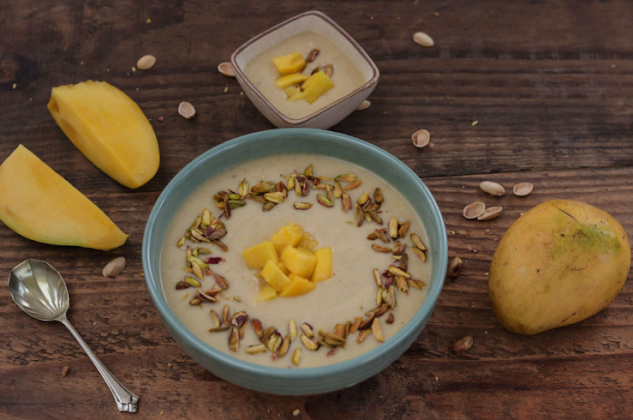Creating delicious, memorable meals doesn’t require a pantry full of exotic or expensive ingredients. In fact, some of the most satisfying dishes come from the simplest combinations. Whether you're an experienced home cook or just getting started, learning how to build flavor with everyday ingredients can elevate your cooking and give you confidence in the kitchen.
1. Start with Quality Basics
Flavor starts with the foundations. Fresh vegetables, good-quality oils, fresh herbs, and pantry staples like garlic, onions, salt, and pepper can make a world of difference. Even a simple tomato sauce can shine when made with sweet, ripe tomatoes, a drizzle of olive oil, and a sprinkle of sea salt.
2. Master the Maillard Reaction
The Maillard reaction—what happens when proteins and sugars brown under heat—is the science behind the irresistible taste of seared meat, roasted vegetables, and toasted bread. Searing, roasting, and sautéing are techniques that don’t require fancy ingredients but bring deep, savory flavor to your dishes.
Try this technique when baking a 4 Hour Baguette. While the recipe uses just flour, water, salt, and yeast, the long fermentation and proper baking technique develop complex flavors and a golden, crisp crust that rivals any artisan bakery.
3. Use Herbs and Spices Wisely
You don’t need an entire spice rack to enhance flavor. A few well-chosen herbs and spices—like cumin, paprika, cinnamon, or fresh cilantro—can dramatically change a dish’s profile. Add spices early in cooking to bloom their aromas, and finish with fresh herbs to brighten and balance.
4. Balance the Five Tastes
Flavor isn’t just about spice—it’s about balance. A great dish hits all five basic tastes: sweet, salty, sour, bitter, and umami. Add a splash of vinegar or lemon juice for acidity, a pinch of sugar or honey for sweetness, or a bit of soy sauce or cheese for umami. Even dessert benefits from balance: a dash of cardamom and a sprinkle of chopped nuts can turn creamy Mango Phirni into a multi-layered flavor experience.
5. Cook Slowly When Needed
Time can be a key ingredient. Simmering a soup, stewing meat, or letting dough rise allows natural flavors to develop fully. Dishes like a slow-cooked dal or a long-fermented 4 Hour Baguette gain depth simply from patience and technique rather than a long ingredient list.
6. Don’t Forget Texture
Flavor isn’t just about taste—texture matters. A contrast between creamy and crunchy, or chewy and crisp, makes food more enjoyable. Toast nuts, add crispy onions, or finish with a drizzle of infused oil for texture that enhances flavor.
7. Taste as You Go
Perhaps the most essential tip of all: taste and adjust as you cook. This helps you catch imbalances early and learn how each ingredient affects the final dish. A squeeze of lime, an extra pinch of salt, or a swirl of yogurt can make all the difference.
Conclusion
You don’t need to chase hard-to-find ingredients or follow complicated recipes to build big, bold flavor. With thoughtful techniques, quality basics, and a little creativity, you can turn simple dishes—from a crusty 4 Hour Baguette to a comforting bowl of Mango Phirni—into something truly delicious. Let your kitchen be a place of experimentation and joy, where great flavor is always within reach.


Comments
Post a Comment